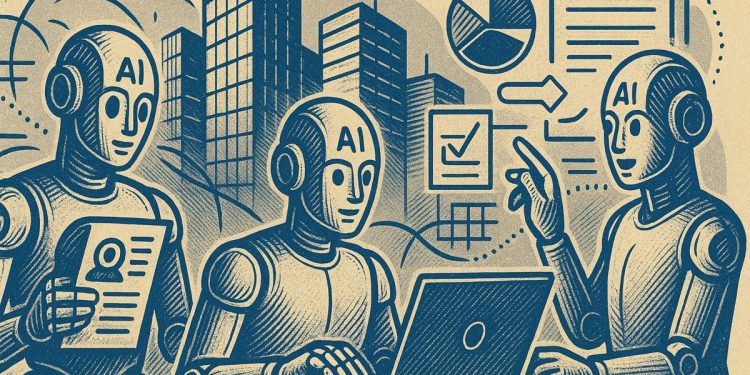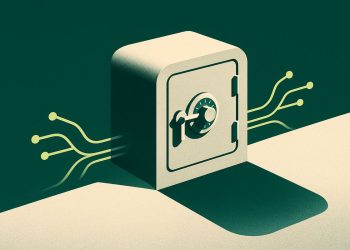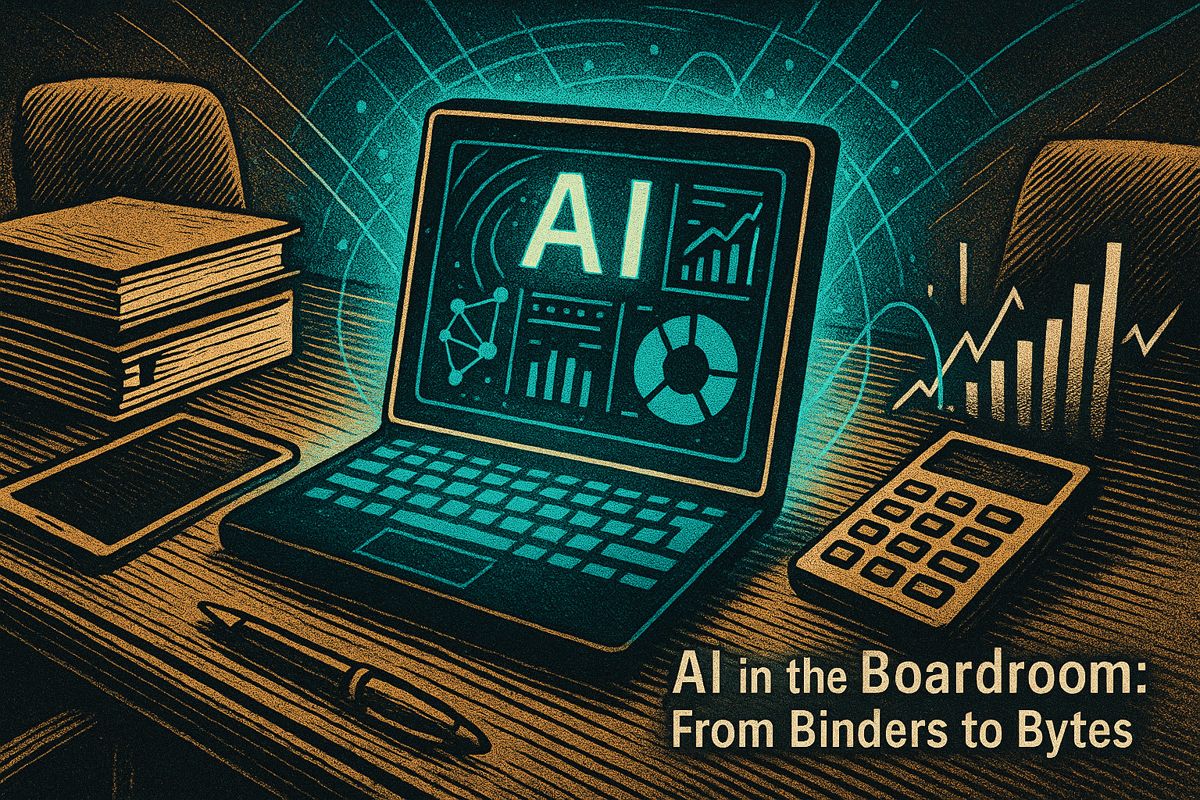Autonomous AI agents in enterprise automation are smart computer programs that can do complex jobs by themselves, like fixing IT problems, looking through job applications, and handling business deals. These agents go beyond simple chatbots—some follow rules, others plan ahead, learn from new information, or even work together in groups. Businesses use them in mobile apps, chat tools, and websites to make work faster and cheaper. The market for these agents is growing fast because they cut waiting times and costs, but companies must choose the right type based on their needs and risks.
What are autonomous AI agents and how are they transforming enterprise automation?
Autonomous AI agents are advanced software systems that independently handle complex tasks—like IT ticket resolution, résumé screening, and contract negotiation—using rule-based, planning, learning, and collaborative methods. These AI agents enable measurable business impacts, such as shorter support queues and reduced operational costs in enterprise automation.
AI agents have quietly outgrown the chatbot label. In 2025 they close entire IT tickets while humans sleep, screen hundreds of résumés before breakfast, and renegotiate supplier contracts before lunch, all without asking for permission.
The simplest layer is the reflex agent: rule-based automata that react to specific triggers such as “password reset request”. One tier above sit planning agents that simulate several moves ahead, the digital equivalent of chess engines applied to logistics. Learning agents earn a seat at the table by ingesting fresh data each hour, improving fraud-detection precision or ad-campaign ROI continuously. Collaborative agents form the top rung, orchestrating swarms of smaller models across departments in what engineers now call hierarchical or multi-agent systems.
Organisations deploy these agents through three common patterns. Stand-alone mobile apps give users a branded front end for tasks like HR onboarding. Lightweight sidebars inside Slack, Jira or Salesforce surface agent suggestions without changing workflows. Website dialog boxes greet visitors with personalised support and hand warm leads directly to sales.
Business impact is already measurable. The global agent market jumped from USD 5.1 billion in 2024 to an estimated USD 47.1 billion by 2030 according to a 2025 PwC survey. Early adopters report up to 40 % shorter support queues and 60 % lower cost per resolved ticket. Cybersecurity teams use autonomous agents to monitor network anomalies at machine speed, initiating containment steps before human analysts arrive.
Early adopters report up to 40 % shorter support queues and 60 % lower cost per resolved ticket. Cybersecurity teams use autonomous agents to monitor network anomalies at machine speed, initiating containment steps before human analysts arrive.
Pricing and liability questions remain open. Continuous-learning agents require monthly retraining budgets, while hierarchical systems raise audit-trail obligations. Vendors are responding with hybrid models that retain symbolic reasoning for compliance while adding neural layers for flexibility.
The takeaway is practical: match the agent type to the risk profile, budget and data maturity of each workflow. Early pilots suggest that even a single well-chosen agent can pay for the entire program within one quarter.



















